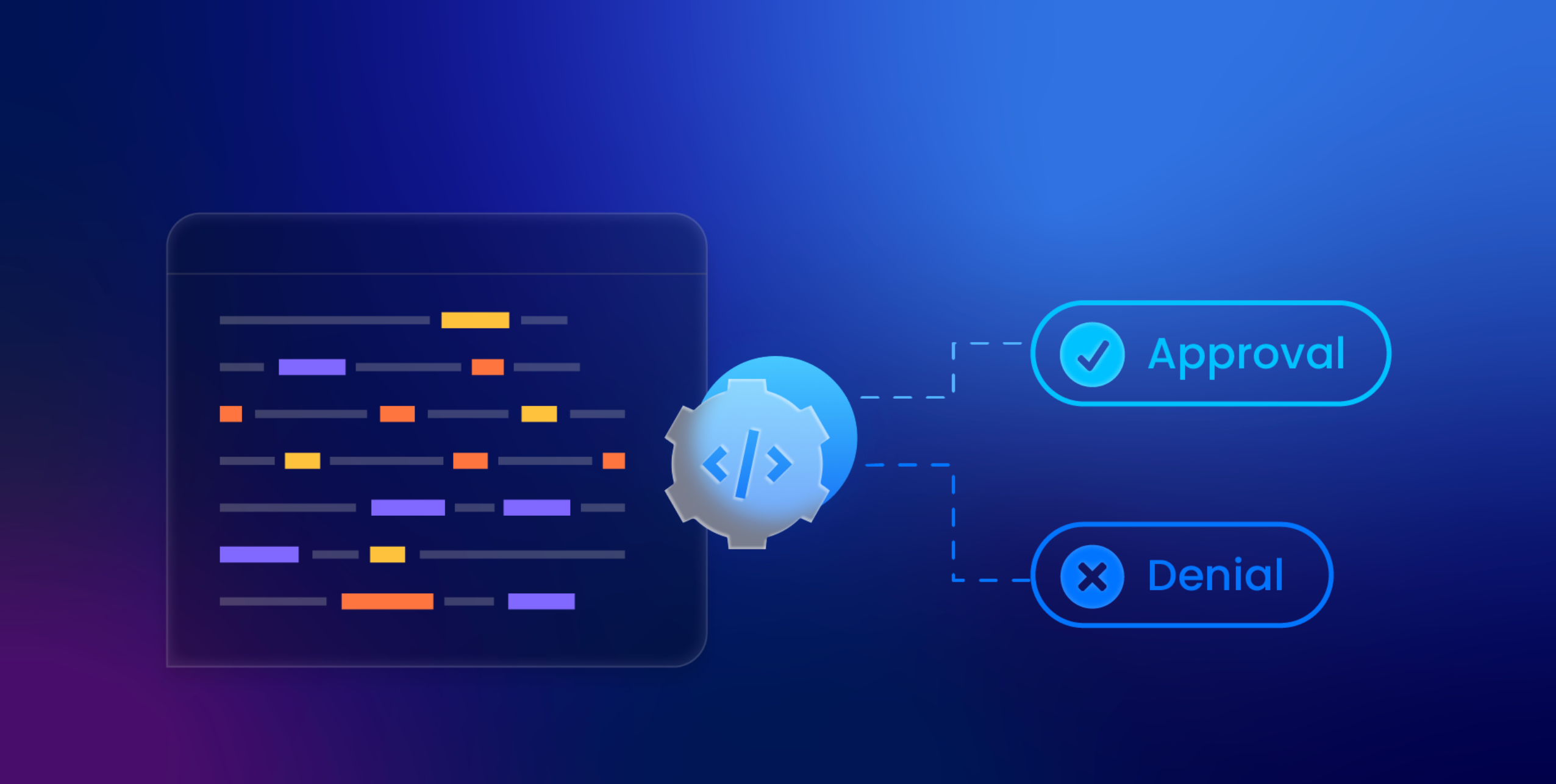Blog Details
Revolutionizing Ways AI in Loan Processing is Transforming Malaysia’s Financial Landscape in 2024
The Role of AI in Loan Processing
AI in loan processing plays a crucial role by automating and streamlining various tasks. With AI, lenders can collect and analyze vast amounts of data to make informed decisions about loan approvals. Machine learning algorithms assess creditworthiness, predict default risks, and determine suitable interest rates. Moreover, AI enables faster loan processing, reducing the time and effort required for manual paperwork and verification processes.
AI in loan processing is slashing processing time from days to hours, fostering dynamic interactions with applicants beyond binary responses.
Furthermore, AI-powered chatbots and virtual assistants provide personalized customer service, enhancing the overall customer experience and improving efficiency in loan processing.
Benefits of Machine Learning in LOS Systems in Malaysia
Machine learning in loan origination systems offers several benefits in Malaysia’s loan processing industry. Firstly, it enables more accurate and efficient credit scoring, resulting in better loan decisions. Machine learning algorithms analyze historical loan data and identify patterns that traditional credit scoring models may overlook.
Additionally, machine learning models adapt and improve over time, enhancing the accuracy and reliability of loan processing systems. Moreover, machine learning automates repetitive tasks, reducing human error and freeing up valuable time for loan officers to focus on more complex cases.
Another benefit of machine learning in loan origination systems is the ability to detect fraud and identify suspicious activities. By analyzing data in real-time, machine learning algorithms can flag potentially fraudulent loan applications, minimizing financial risks for lenders.
Overall, machine learning in loan origination systems in Malaysia offers increased efficiency, improved accuracy, and enhanced fraud detection, leading to a more streamlined and secure loan processing experience.
Challenges and Opportunities in Implementing AI in Loan Processing
Implementing AI in loan processing comes with its own set of challenges and opportunities. One challenge is the need for high-quality and reliable data. AI models rely on large amounts of data to make accurate predictions and decisions. Therefore, financial institutions need to ensure they have access to diverse and representative data that is free from biases and errors.
Another challenge is the potential resistance to change from employees and customers. Introducing AI technologies may require training and upskilling employees to adapt to new workflows and processes. Additionally, customers may have concerns about data privacy and security when AI systems are used for loan processing.
Despite these challenges, there are significant opportunities in implementing AI in loan processing. AI can streamline and automate manual tasks, reducing operational costs and improving efficiency. It can also enable faster loan approvals and provide more personalized customer experiences.
Moreover, AI can analyze vast amounts of data and identify patterns that humans may overlook. This can lead to more accurate credit scoring and risk assessment, resulting in better loan decisions and reduced default rates. AI also has the potential to uncover new insights and trends in loan processing, enabling financial institutions to innovate and stay ahead of the competition.
Malaysian Bank Case Studies of Successful AI Integration in Malaysian Loan Processing
Several Malaysian banks have successfully integrated AI into their loan processing systems, showcasing the benefits of this technology. Banks have implemented AI-powered chatbots to assist customers with loan applications and inquiries. This resulted in faster response times and improved customer satisfaction.
Banks are also adopting machine learning algorithms to enhance their credit scoring process. The algorithms analyzed a wide range of data, including customer financial history and external data sources, to generate more accurate credit risk assessments. As a result, the banks are experiencing a significant reduction in default rates and improved loan portfolio performance. Banks have also implemented AI-driven document processing systems that automated the verification and validation of loan documents, eliminating manual errors and reduced processing time by 50%. The bank also saw an increase in operational efficiency and cost savings.
Future Trends and Innovations in AI-driven Loan Processing in Malaysia
The future of AI-driven loan processing in Malaysia holds several exciting trends and innovations. One trend is the integration of natural language processing (NLP) capabilities in chatbots and virtual assistants. This will enable more advanced and conversational interactions with customers, improving the overall user experience.
Another trend is the use of explainable AI, where AI models provide transparent explanations for their decisions. This will enhance trust and understanding in loan processing systems, especially when it comes to sensitive decisions such as loan approvals.
Furthermore, the adoption of predictive analytics and advanced machine learning techniques will enable more accurate risk assessment and fraud detection. Financial institutions will be able to identify potential default risks and fraudulent activities at an early stage, mitigating financial losses.
In terms of innovations, the use of blockchain technology in loan processing is gaining traction. Blockchain can provide secure and transparent transactions, reducing the need for intermediaries and streamlining the loan approval process.
Overall, the future of AI-driven loan processing in Malaysia is promising, with advancements in NLP, explainable AI, predictive analytics, and blockchain technology poised to transform the industry.


